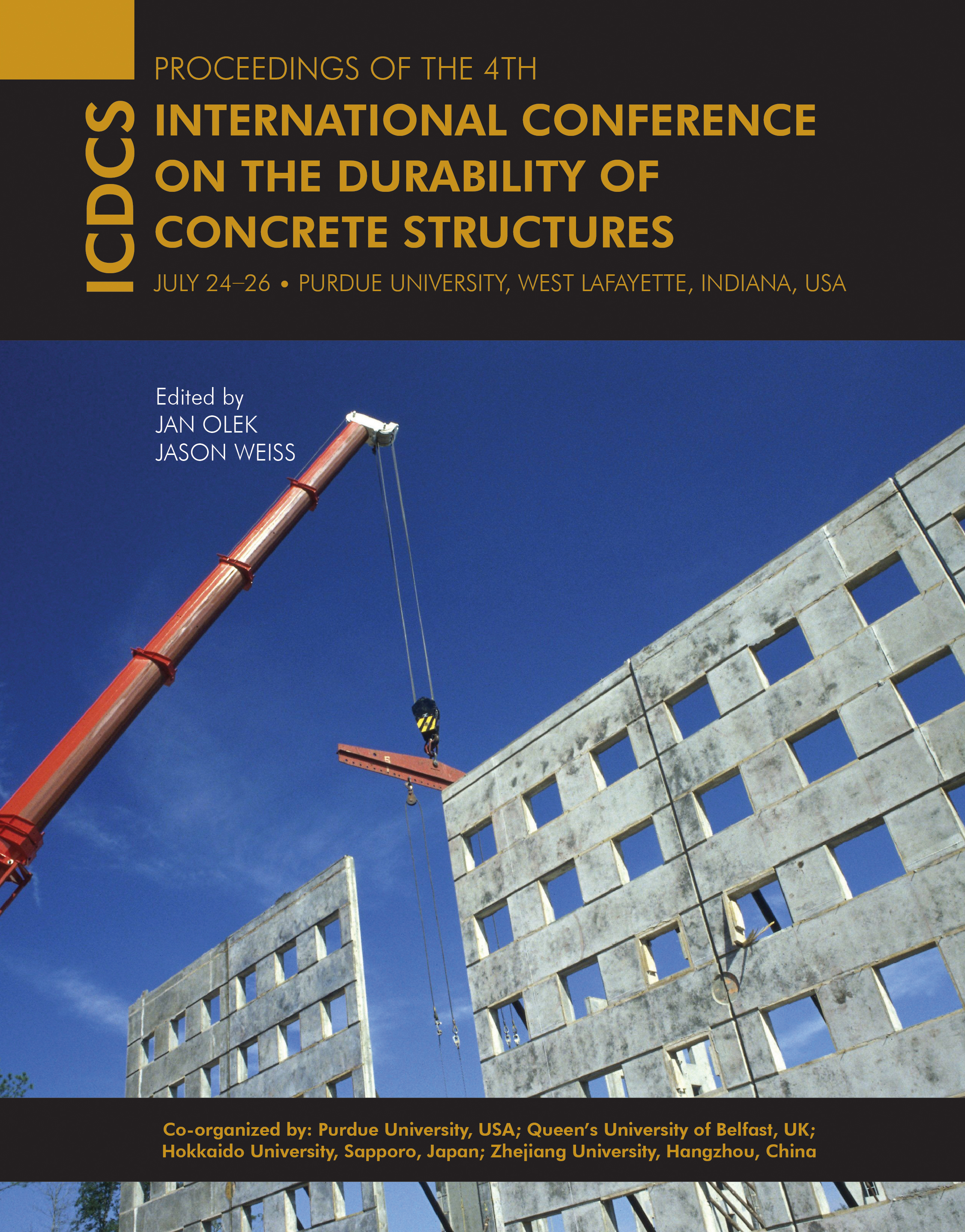Keywords
alkali-activated fly ash, pulsed microwave curing, thermal oven curing
Abstract
This paper compares the alkali-activated fly ash (AAFA) manufactured with thermal oven curing and pulsed microwave curing methods. Fly ash activated by 8M NaOH solution at a liquid to solid ratio of 0.3 was cured by thermal oven at 85°C and domestic microwave oven, respectively. Apart from compressive strength test, the temperature profiles of AAFA samples were captured by thermal camera. Reaction products of AAFA were characterised with XRD, FTIR and TG/DTG, while the microstructure of AAFA was analysed by MIP and SEM. The results showed that with much shorter curing duration, the compressive strength of AAFA samples under microwave curing was comparable to those samples under thermal oven curing. The XRD results demonstrated that different reaction products were generated from thermal oven curing (hydroxysodalite) and microwave curing (chabazite-Na) respectively. The FTIR spectra showed that aluminosilicate with higher degree of polymerization was formed in the sample with microwave curing. MIP indicated equivalent total porosities from both curing methods, while a well-distributed matrix phase under thermal oven curing were found in the SEM results. Overall, the results demonstrate that microwave curing has great potential to be an alternative curing method for manufacturing AAFA.
DOI
10.5703/1288284315483
Included in
Comparative Study of Alkali-Activated Fly Ash Manufactured Under Pulsed Microwave Curing and Thermal Oven Curing
This paper compares the alkali-activated fly ash (AAFA) manufactured with thermal oven curing and pulsed microwave curing methods. Fly ash activated by 8M NaOH solution at a liquid to solid ratio of 0.3 was cured by thermal oven at 85°C and domestic microwave oven, respectively. Apart from compressive strength test, the temperature profiles of AAFA samples were captured by thermal camera. Reaction products of AAFA were characterised with XRD, FTIR and TG/DTG, while the microstructure of AAFA was analysed by MIP and SEM. The results showed that with much shorter curing duration, the compressive strength of AAFA samples under microwave curing was comparable to those samples under thermal oven curing. The XRD results demonstrated that different reaction products were generated from thermal oven curing (hydroxysodalite) and microwave curing (chabazite-Na) respectively. The FTIR spectra showed that aluminosilicate with higher degree of polymerization was formed in the sample with microwave curing. MIP indicated equivalent total porosities from both curing methods, while a well-distributed matrix phase under thermal oven curing were found in the SEM results. Overall, the results demonstrate that microwave curing has great potential to be an alternative curing method for manufacturing AAFA.





